The last few months have been jam-packed with adventures, and this abridged recap series (Scenes from a Scholarship) is my attempt to share glimpses from a journey that’s been as introspective as it’s been hands-on.
On returning to the UK from California, I arrived to find that my dive gear had not made the connecting flights and was still “across the pond.” After a bit of scrambling, crisis was averted, and I was reunited with my dive gear just in time to jump back into the adventures!
Cornwall: The Dive Project That’s Not Just About Diving
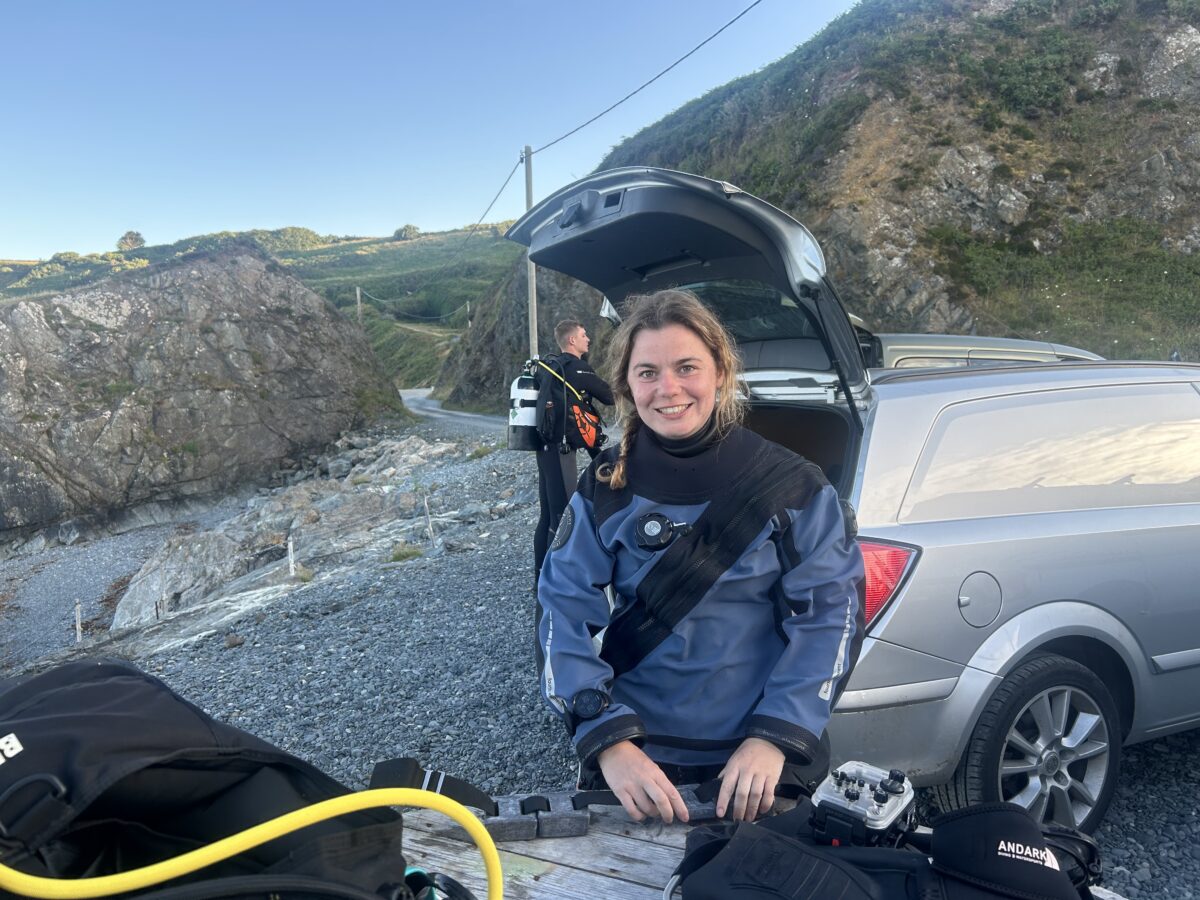
Within days of being back, I received a call from Lucy, last year’s European Scholar, who offered that I could join Dive Project Cornwall the very next morning. Dive Project Cornwall is a non-profit aiming to connect schoolchildren with the sea through diving. They could use another divemaster, so I boarded a train to Cornwall, watching the countryside roll by as I thought about the next question guiding my journey: How can diving help at the individual level, especially in terms of personal growth and mental well-being?
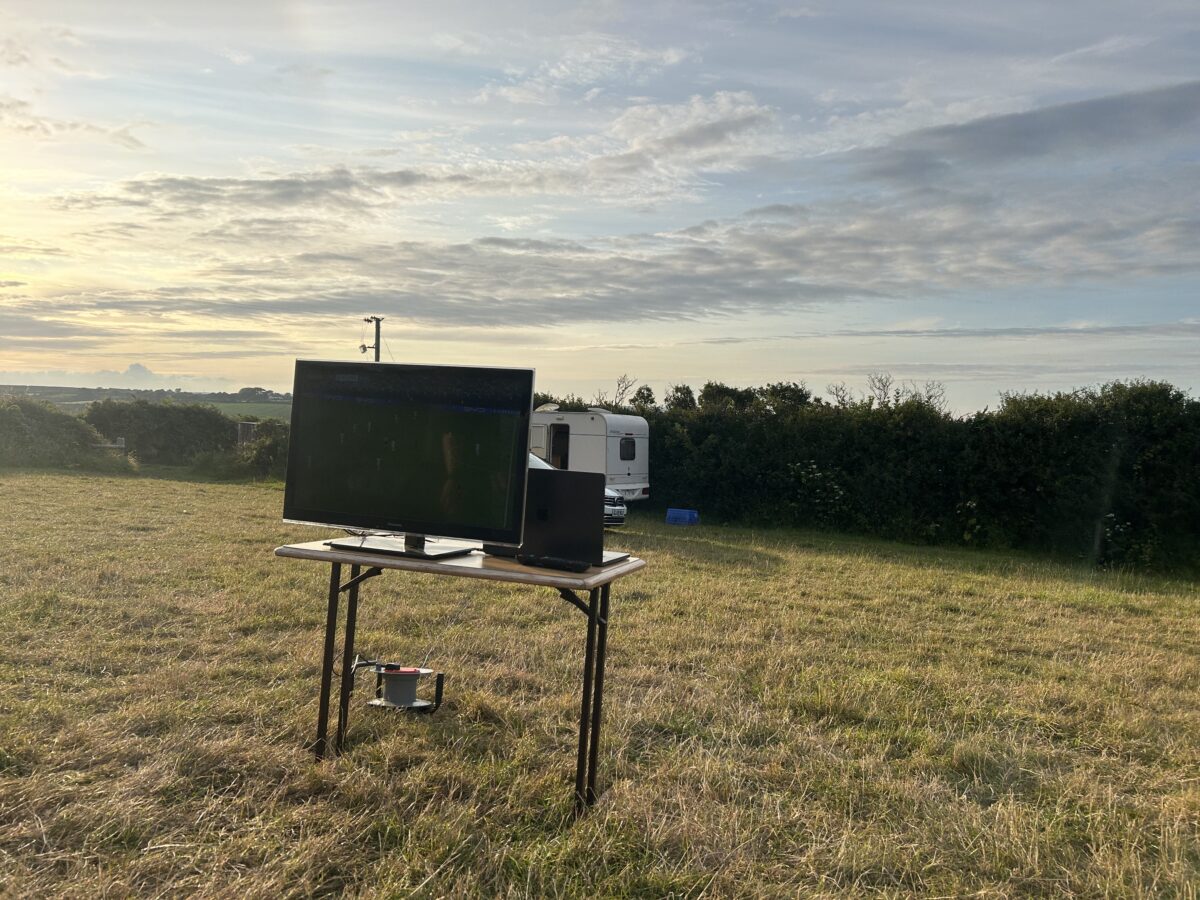
Dive Project Cornwall offers students from varied backgrounds a first step into the underwater world—not necessarily to turn them into divers but to kindle a deeper connection with the oceans. Working alongside the Dive Project Cornwall team, I witnessed first-hand the impact these experiences can have: seeing young people’s faces light up as they encountered marine life up close.
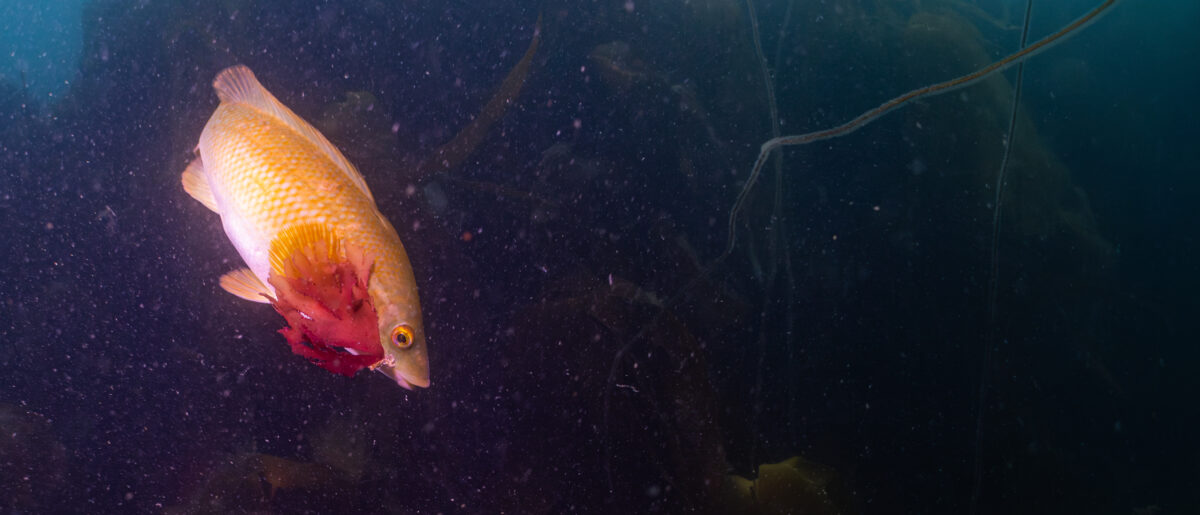
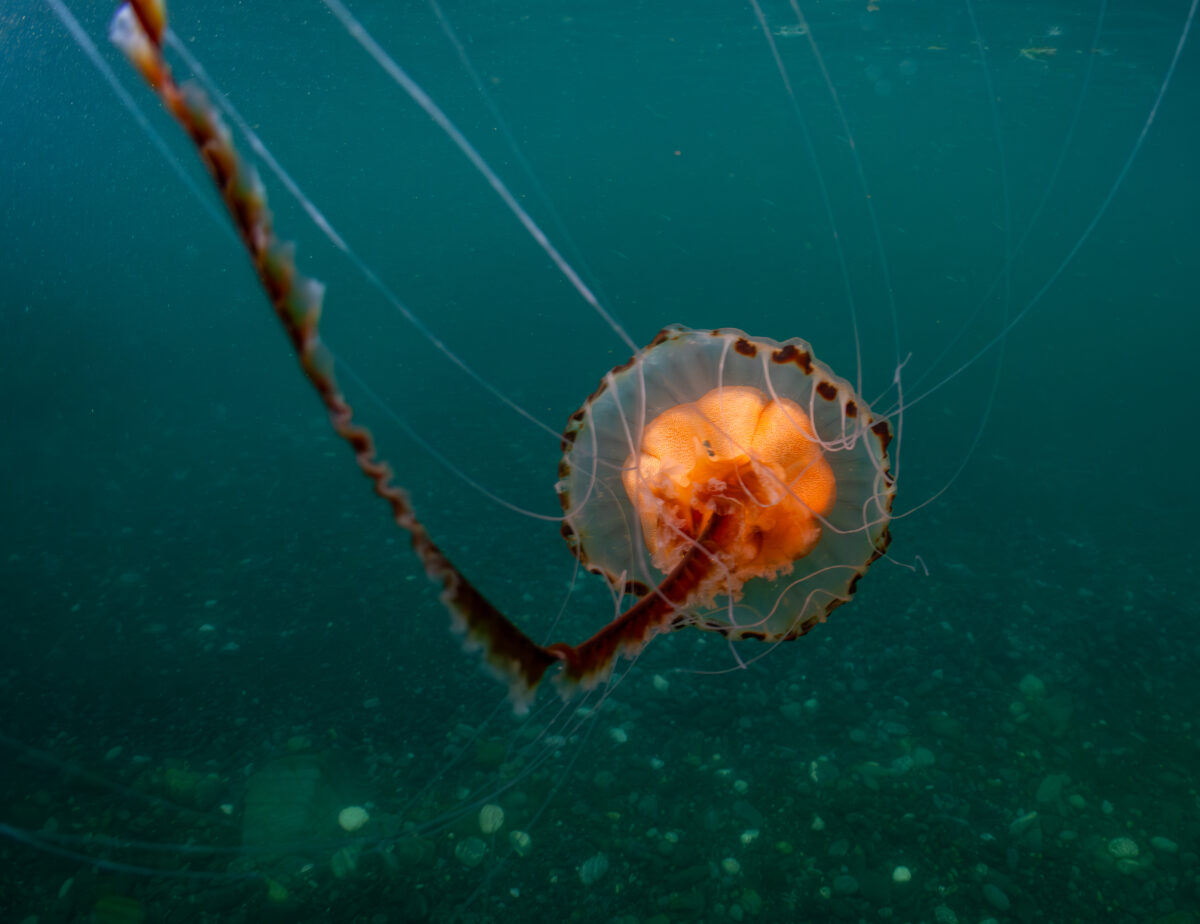
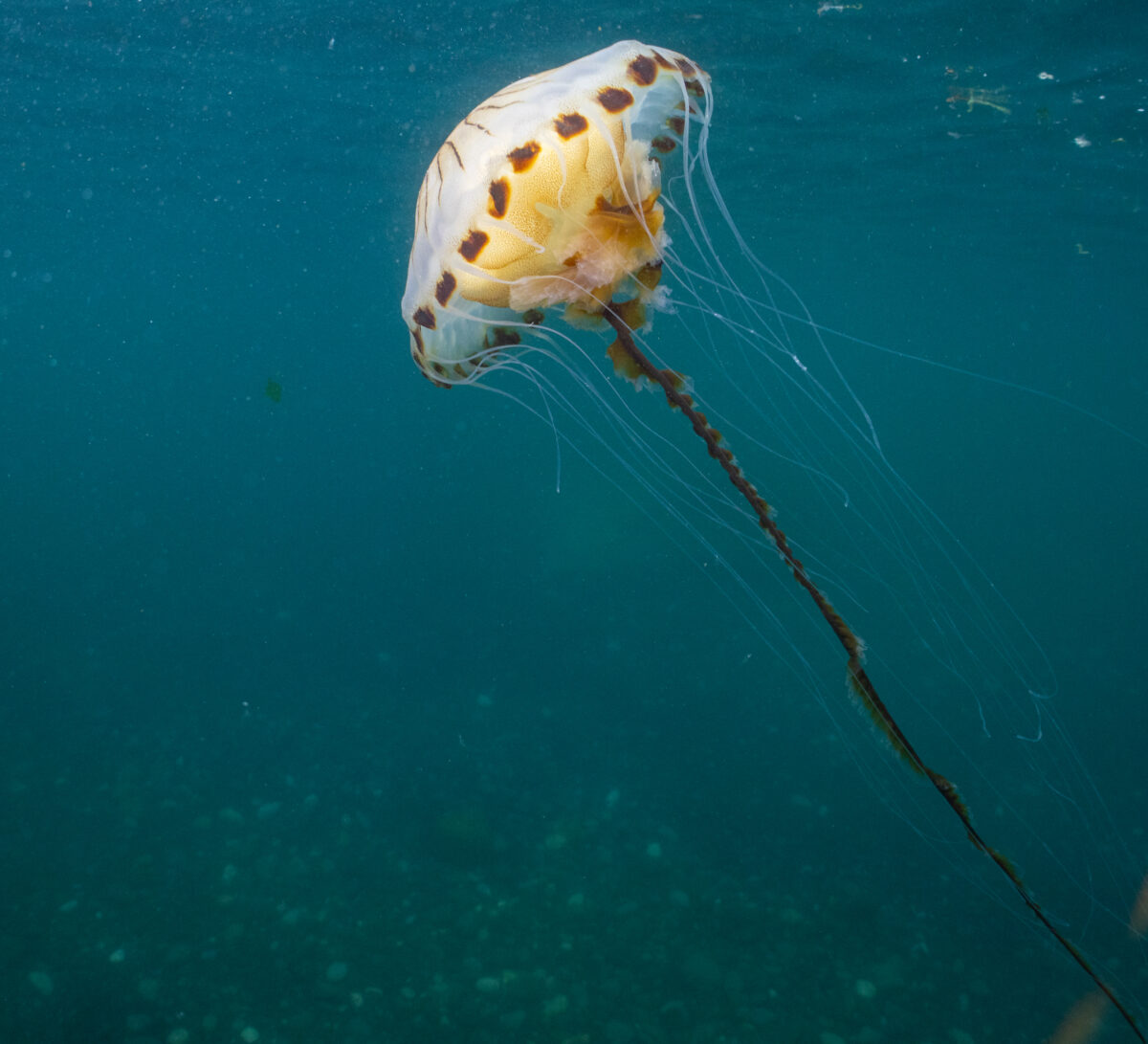
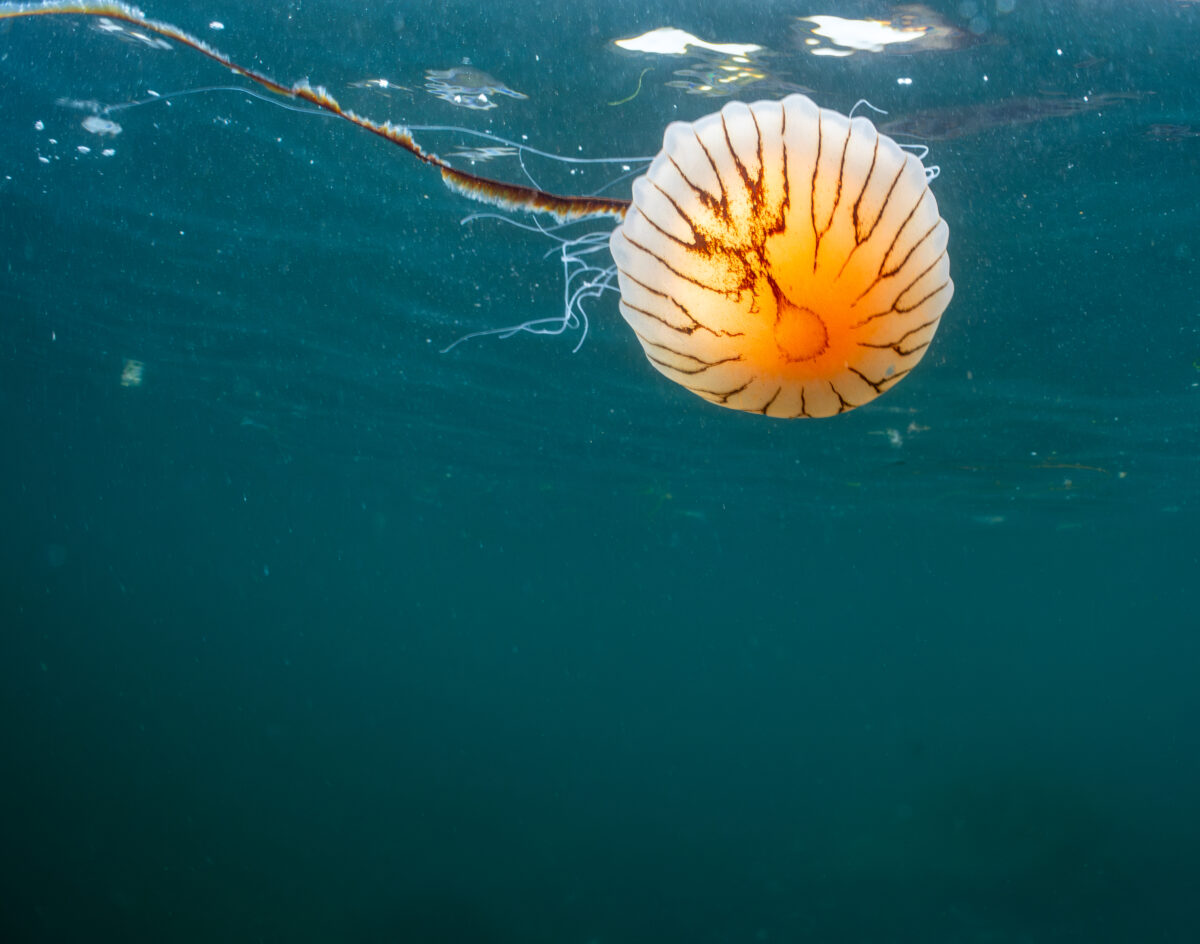
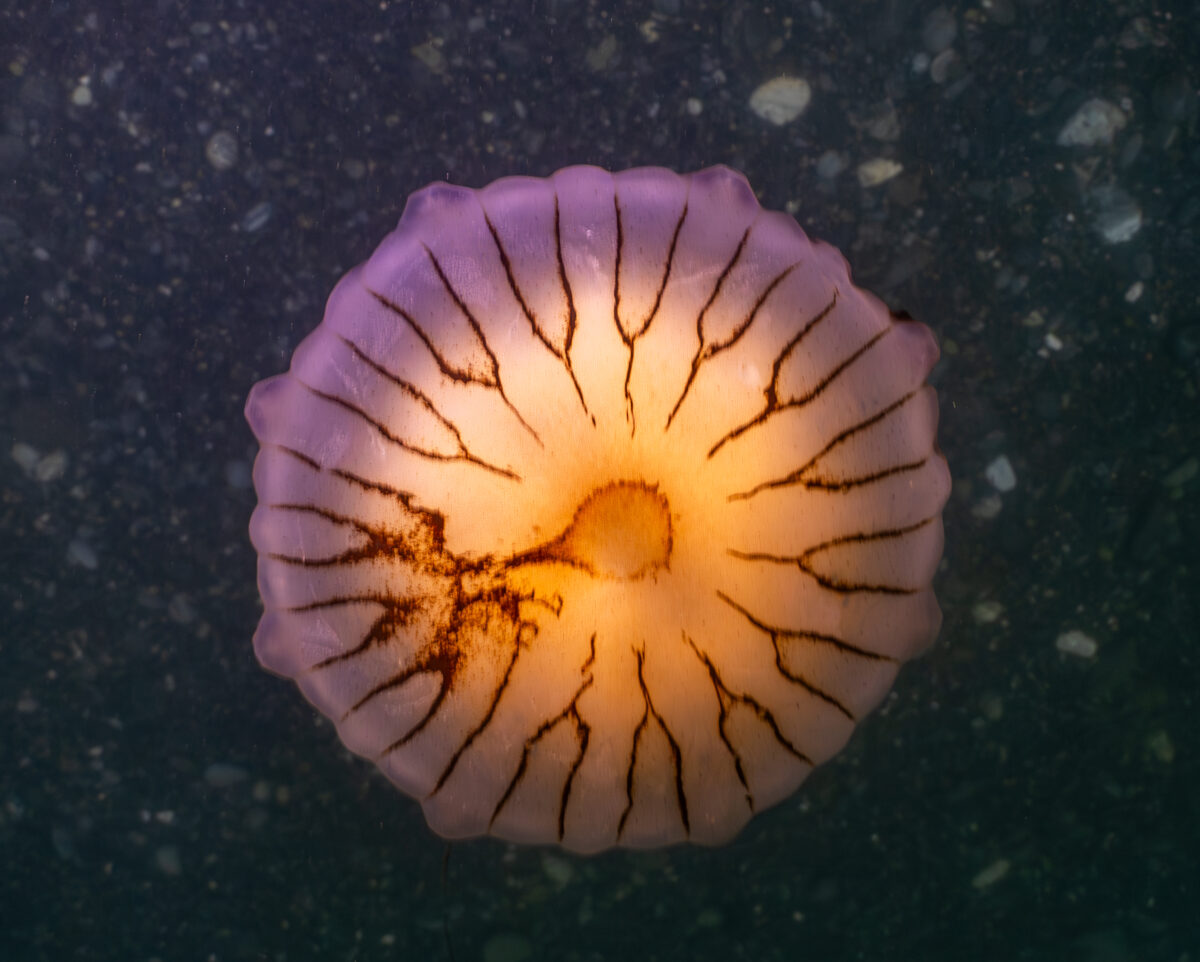
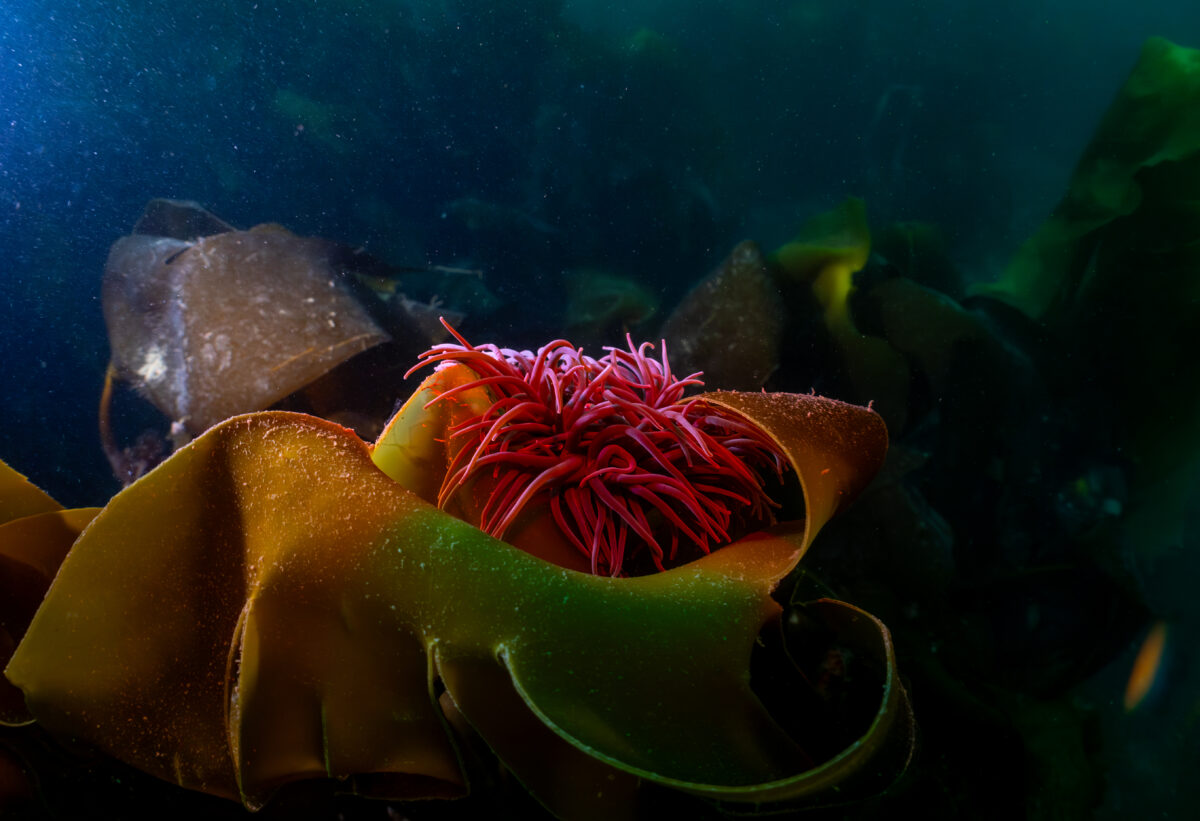
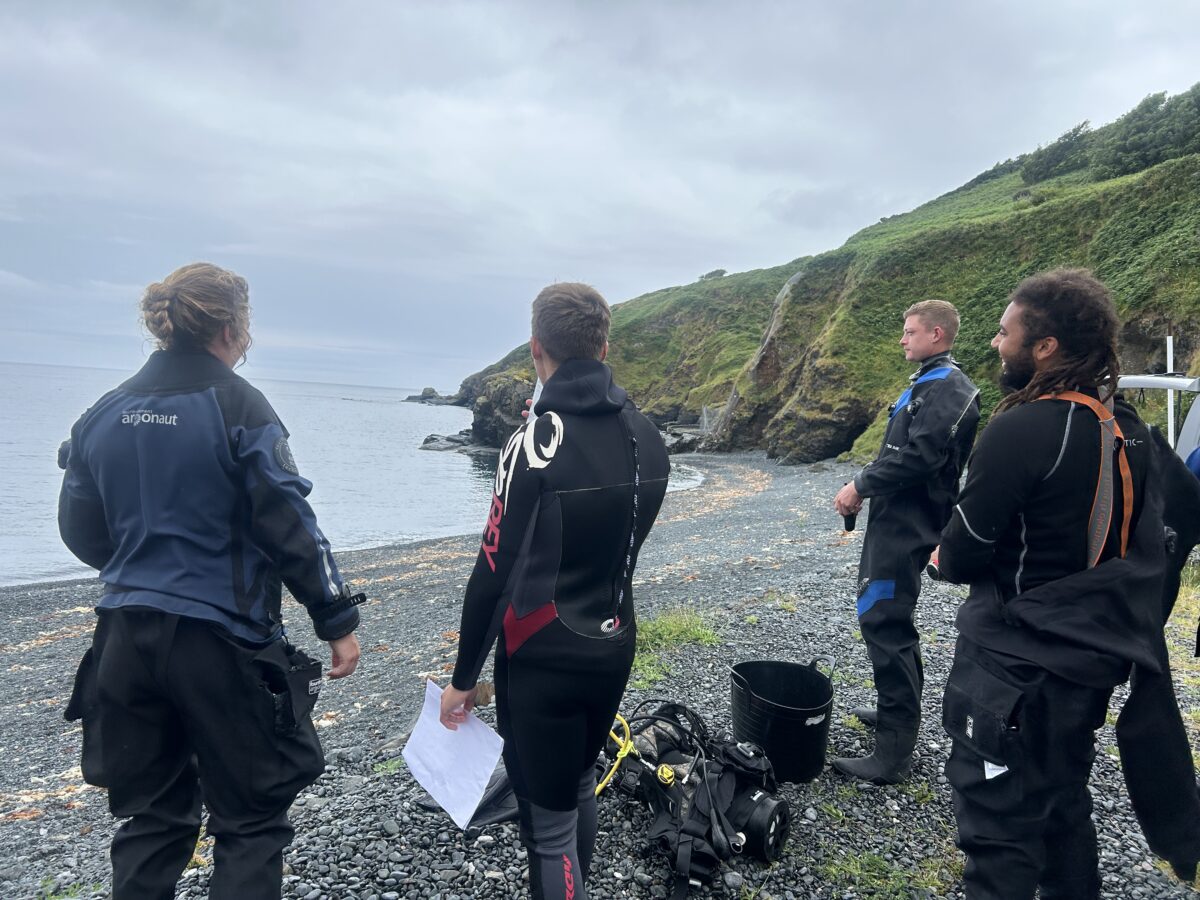
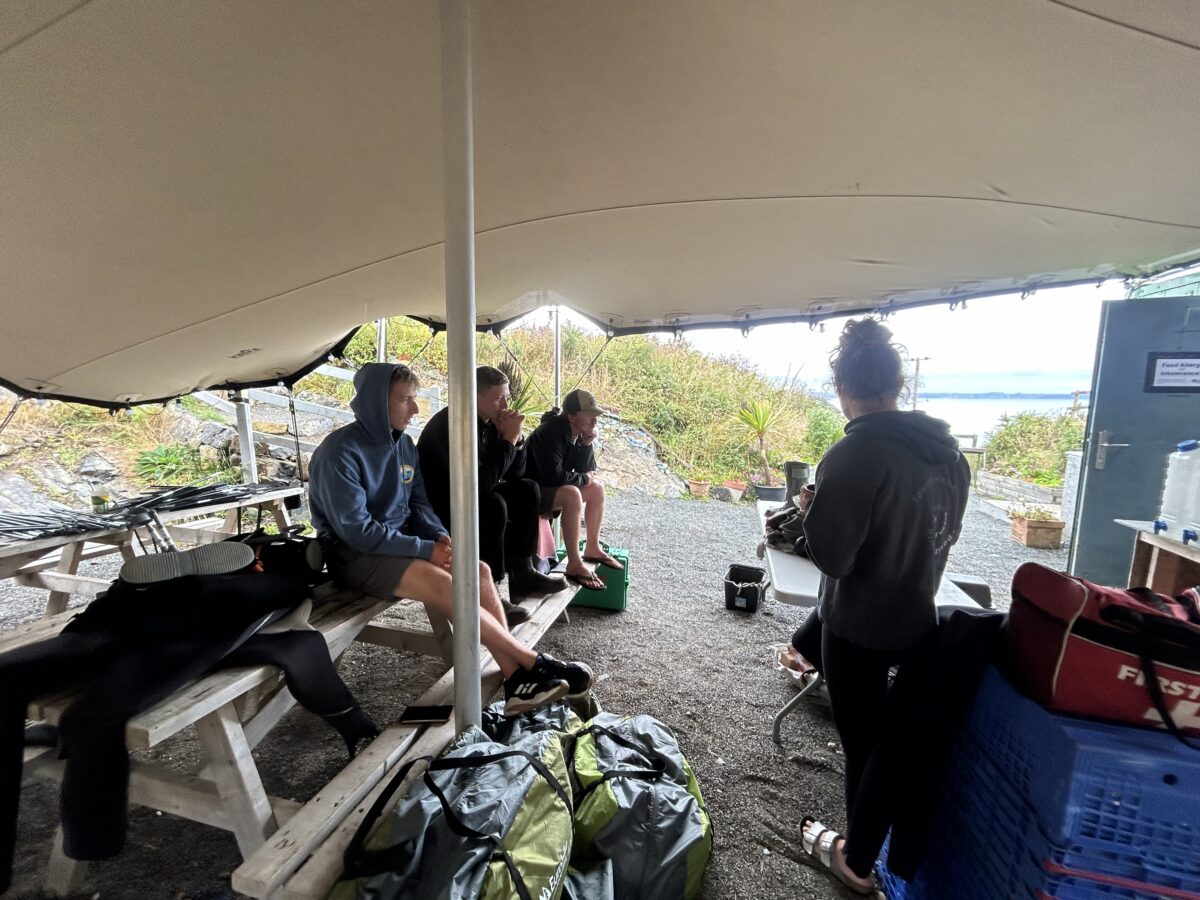
There’s something about being underwater, that feeling of calm focus, that’s both therapeutic and transformative. For many of these kids, it’s an introduction to a whole new world and a step towards becoming advocates for it.
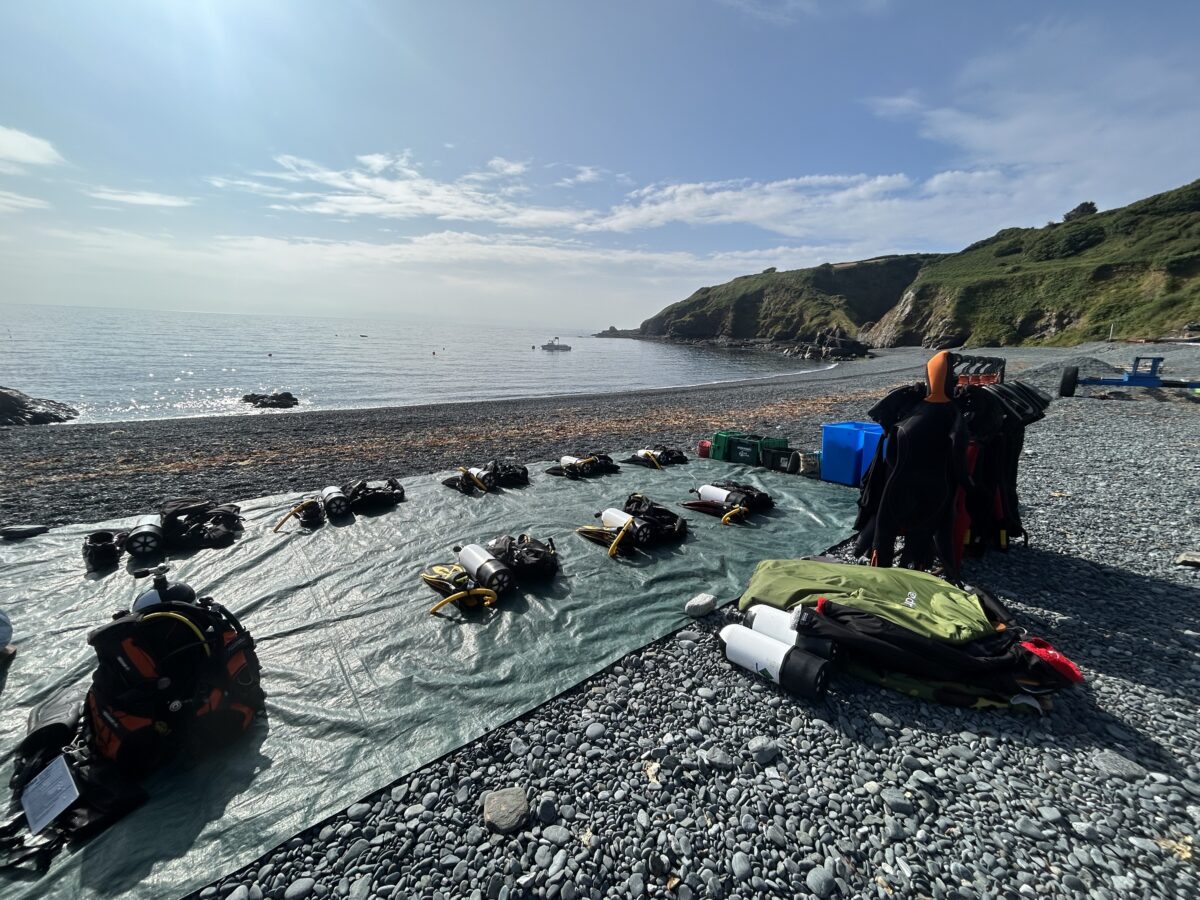
By the end of their experience, the children really came out of their seashells (pun intended). They were no longer timid on the surface. They’d swap stories of their dives, marvel at the fish they’d encountered, and carry a visible excitement that hinted at a newfound curiosity about the ocean.
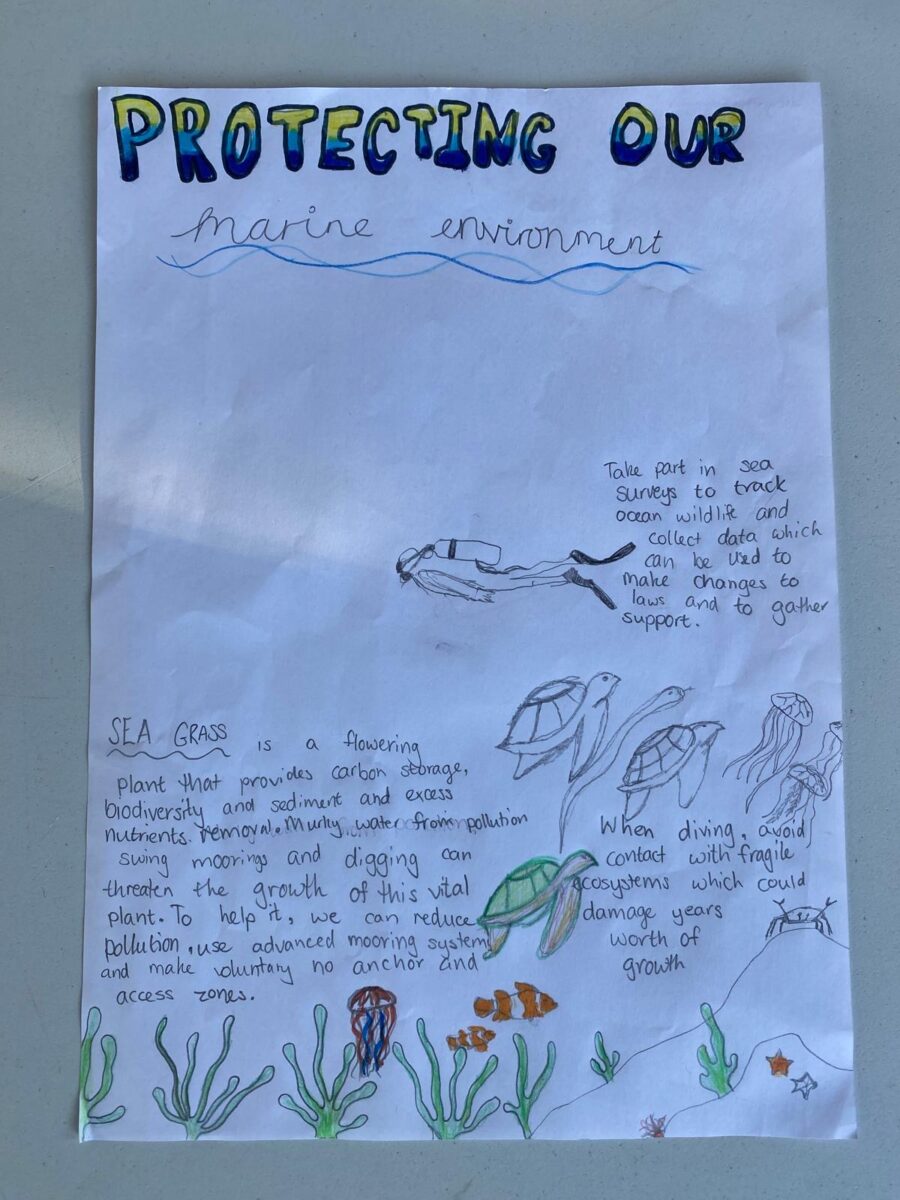
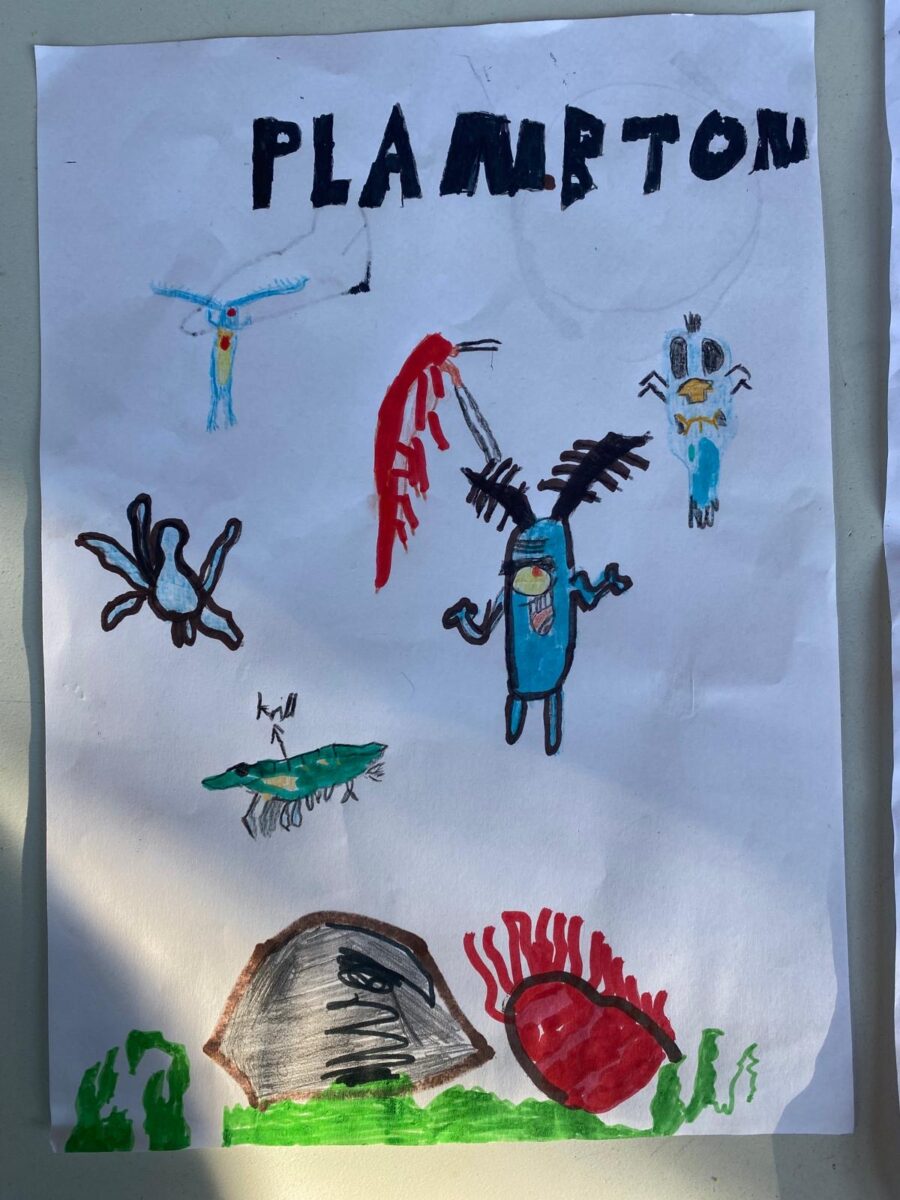
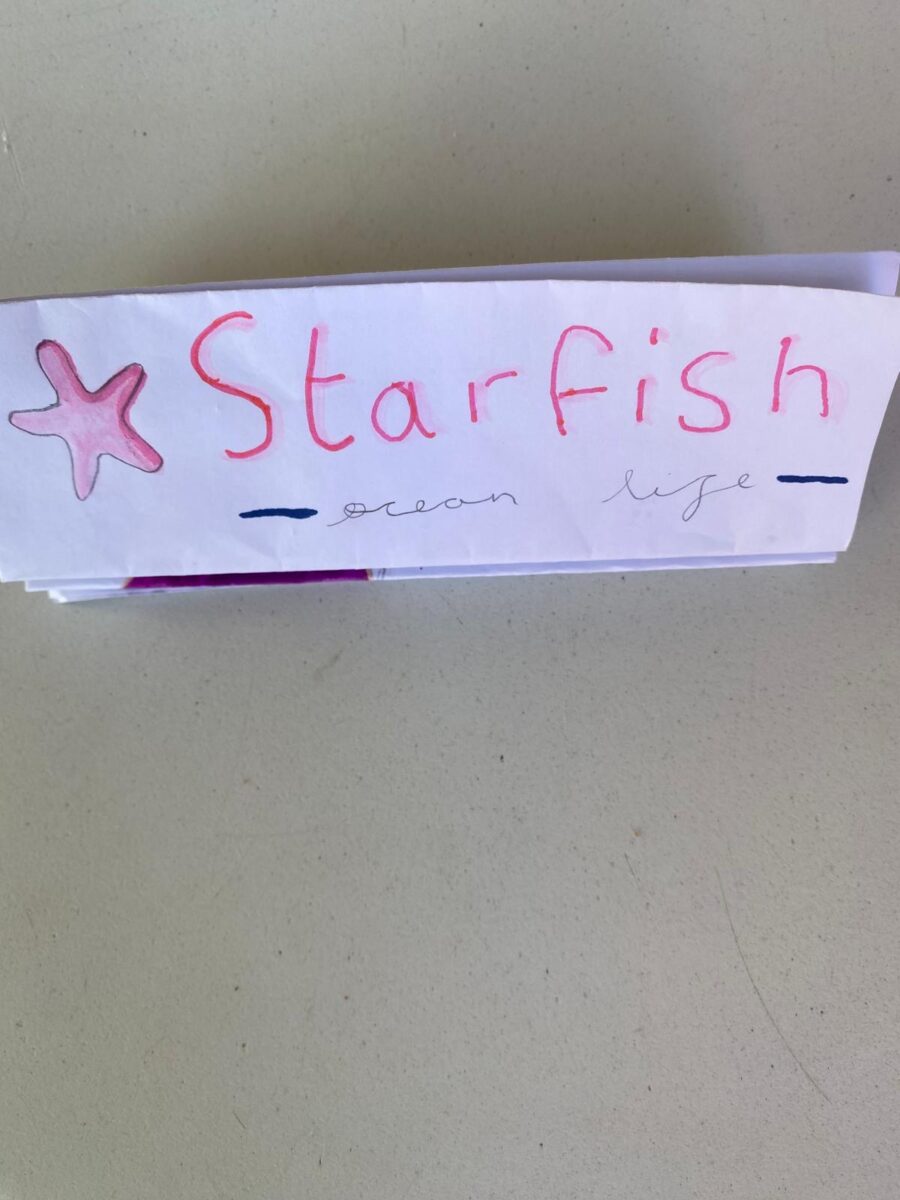
Bournemouth: Seaside Living, Storytelling, and the Right Questions
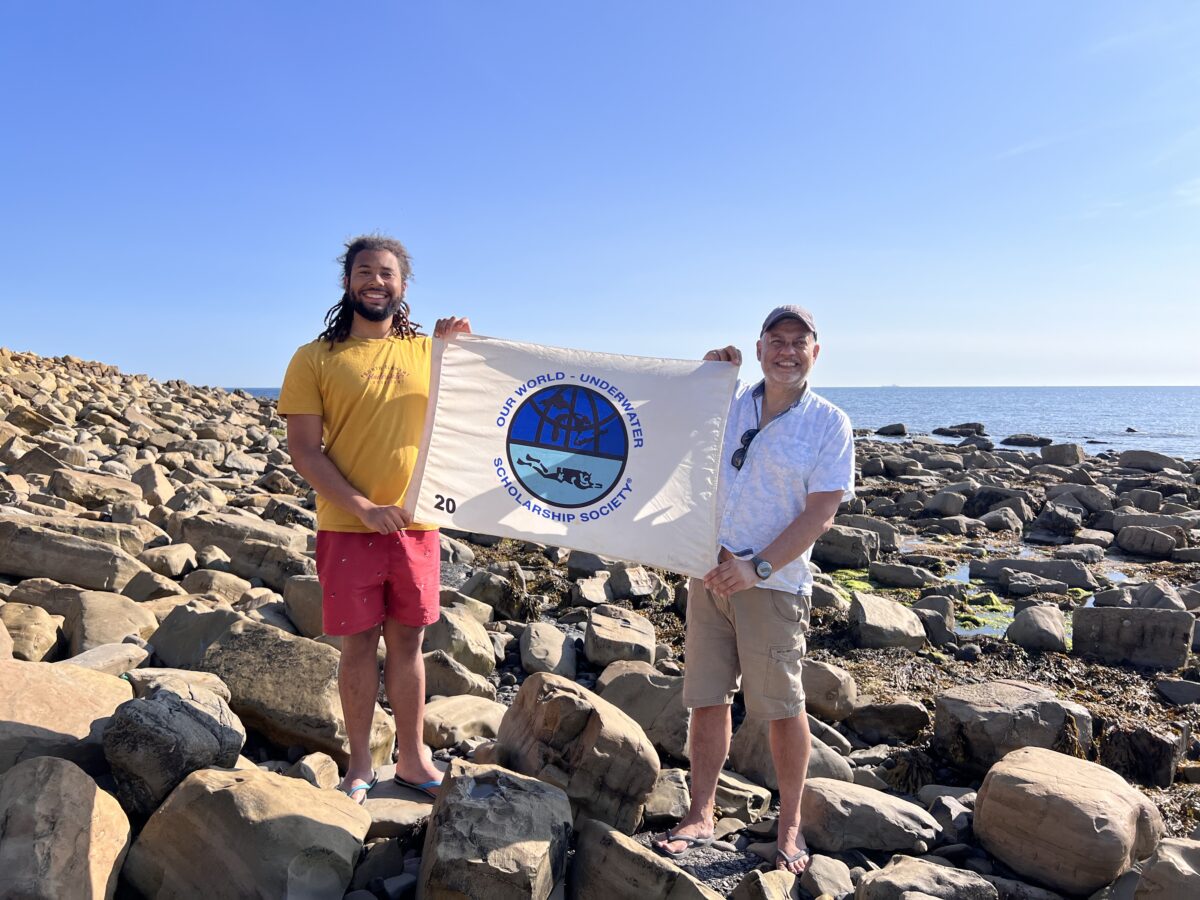
After Cornwall, I travelled east to Bournemouth to stay with Saeed Rashid, a talented photographer and a lecturer at Bournemouth University, whose work often fuses the lives of people and the natural world through visual storytelling. Saeed is a master at capturing moments that resonate, and spending time with him was an eye-opener in so many ways.
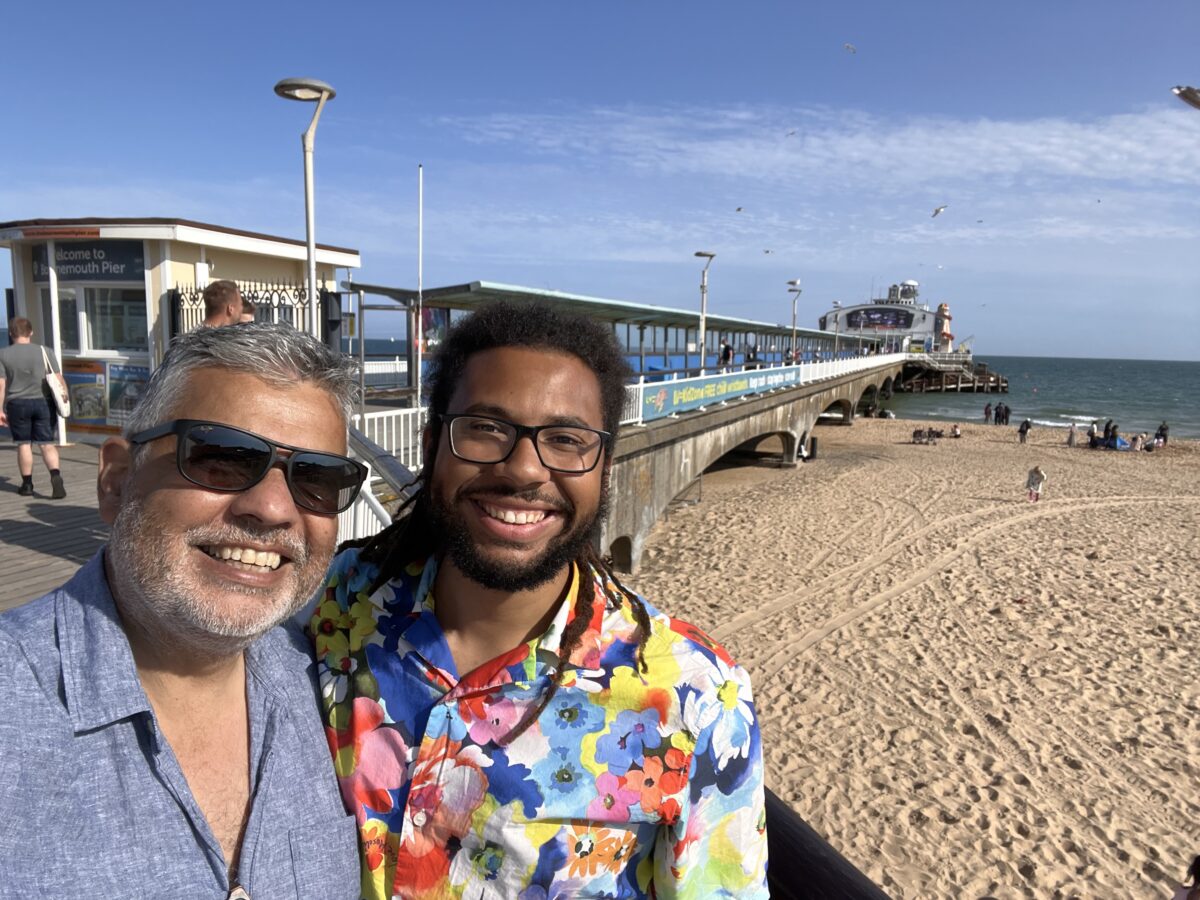
At Bournemouth University, I joined Saeed and his colleagues to discuss journalism, the importance of capturing good audio, and techniques for conducting meaningful interviews. These are aspects you might not think about when you see a finished video or photo series, but they’re vital to telling a compelling story. While working on interview techniques and audio setups, I was introduced to the nuances of storytelling that go beyond the image itself: sound quality, technical details, and how they can bring a story to life.
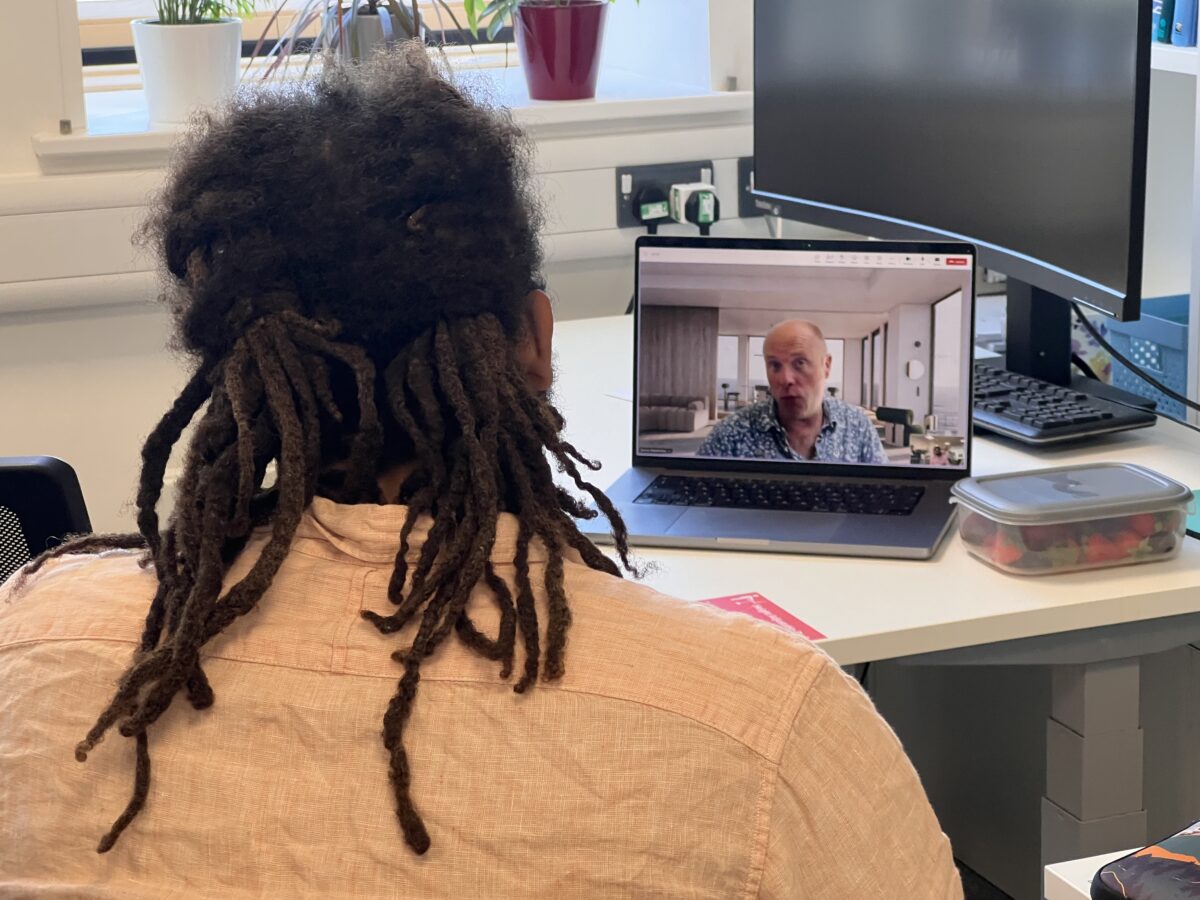
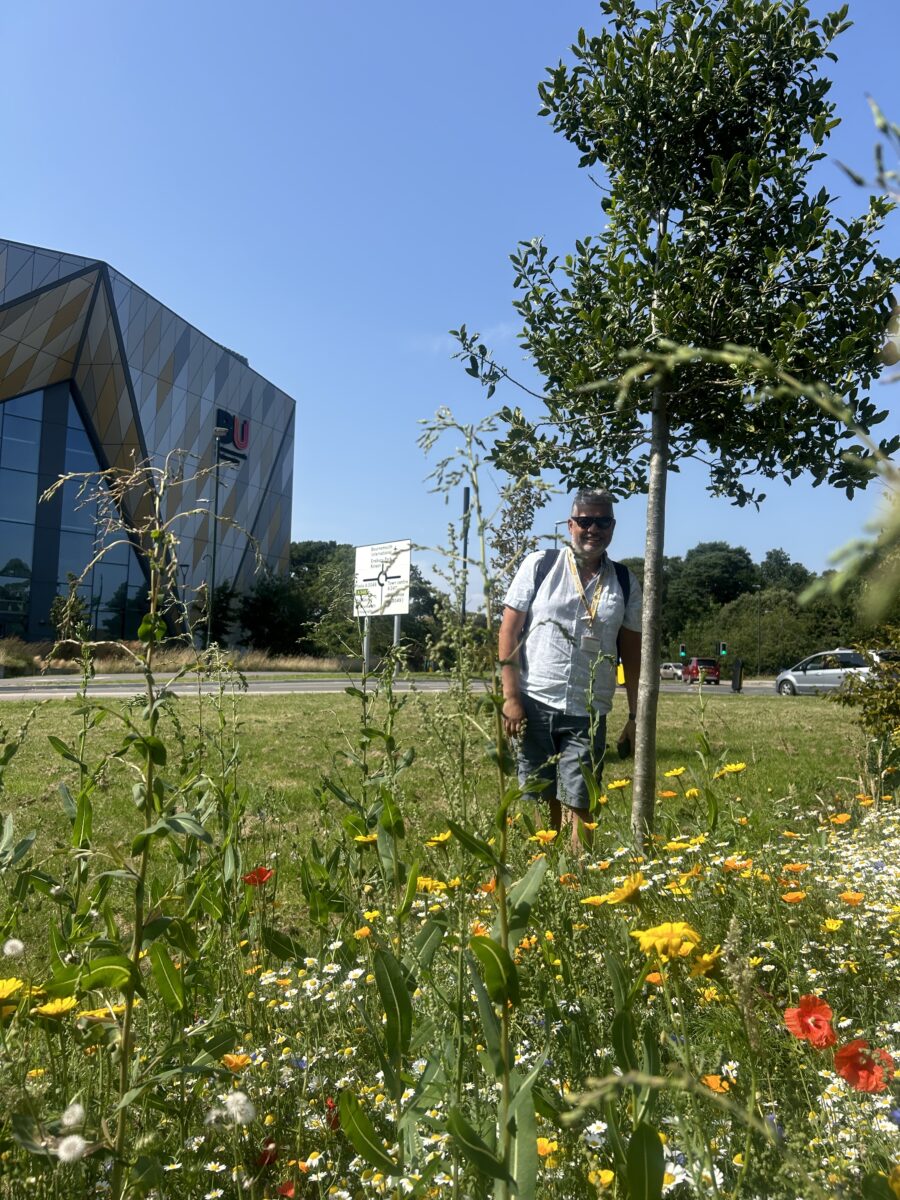
One evening, while walking along Bournemouth’s beachfront, I had a realisation. I’d been asking about the well-publicised challenges the ocean faces—issues we often hear about in headlines. But as I stood under the pier, with waves rolling in around me, a new question emerged: Am I asking the right questions to find the right solutions, or just echoing the concerns that get the most attention? This moment beneath the pier pushed me to look beyond the obvious and seek solutions that resonate not just with policymakers but with those whose lives are directly touched by the ocean’s ebb and flow.
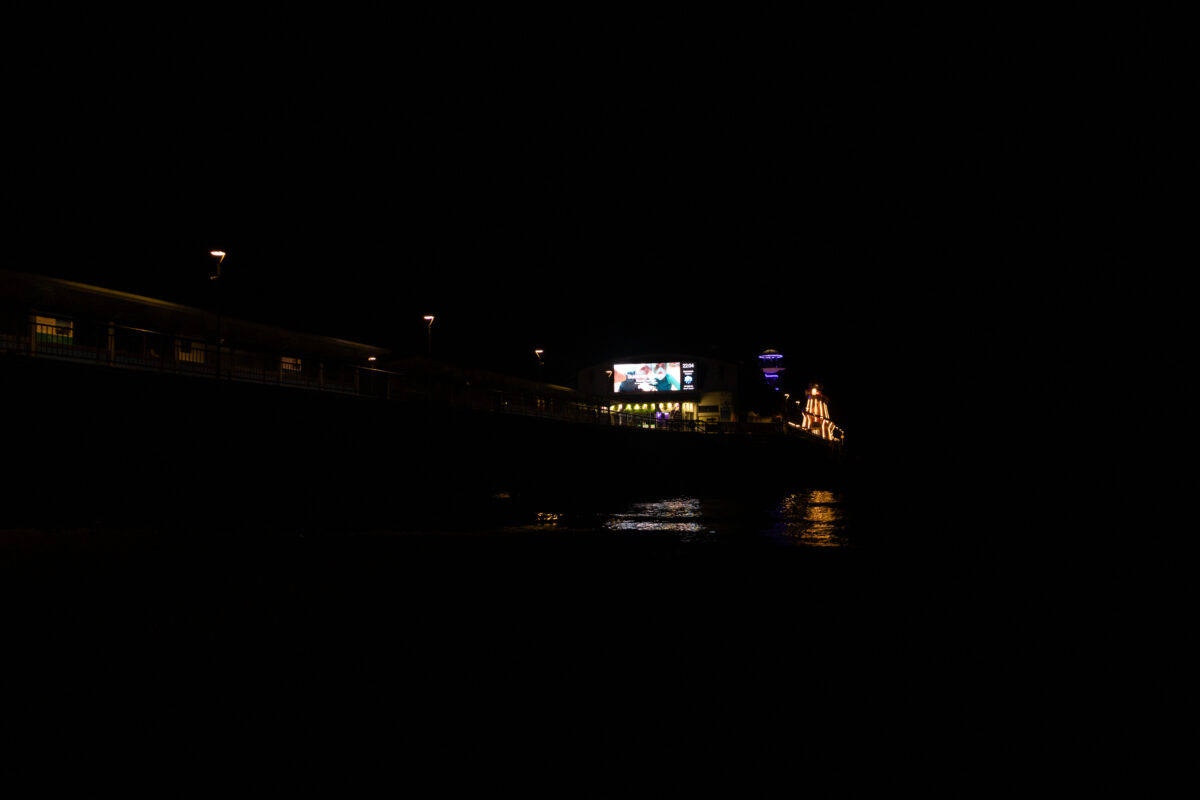
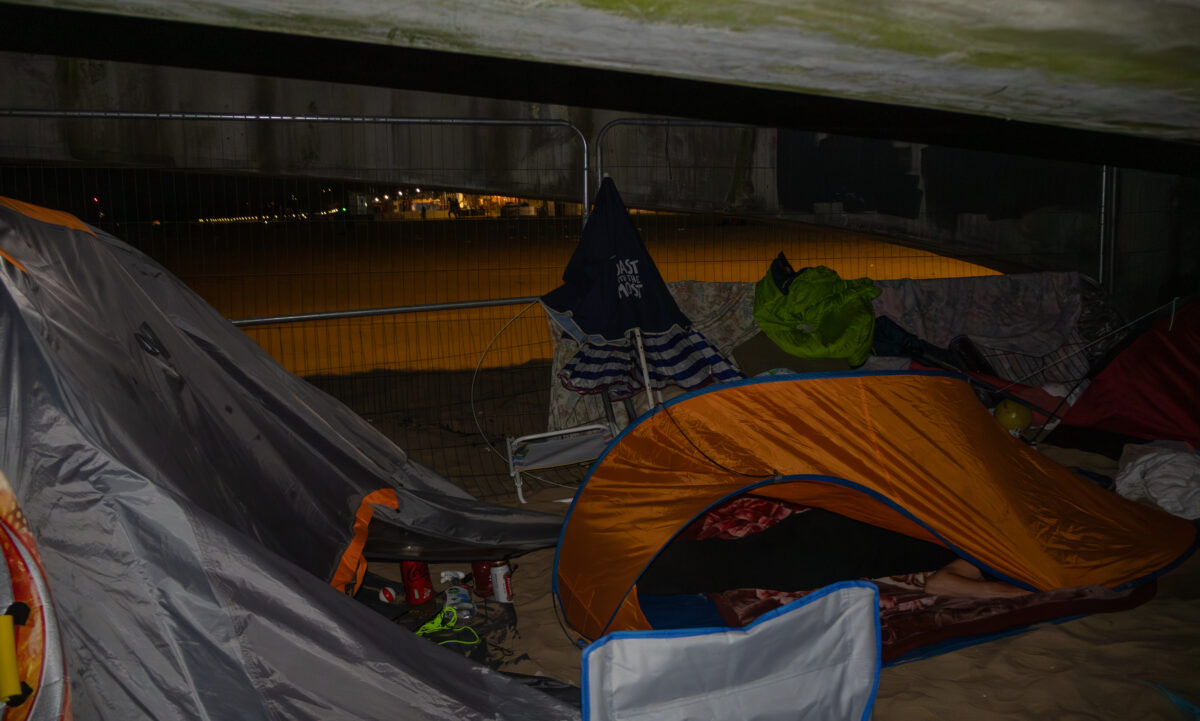
As part of this reflection, I spoke with some of the rough sleepers who make the beachfront their home. They shared their observations about litter and the changing tides, a perspective grounded in daily experience rather than policy debates. These conversations reminded me that solutions don’t always come from experts or institutions; sometimes, they start with people who see the problem up close every day. It was a reminder to seek out the perspectives that often go unheard and to consider the human side of environmental challenges.

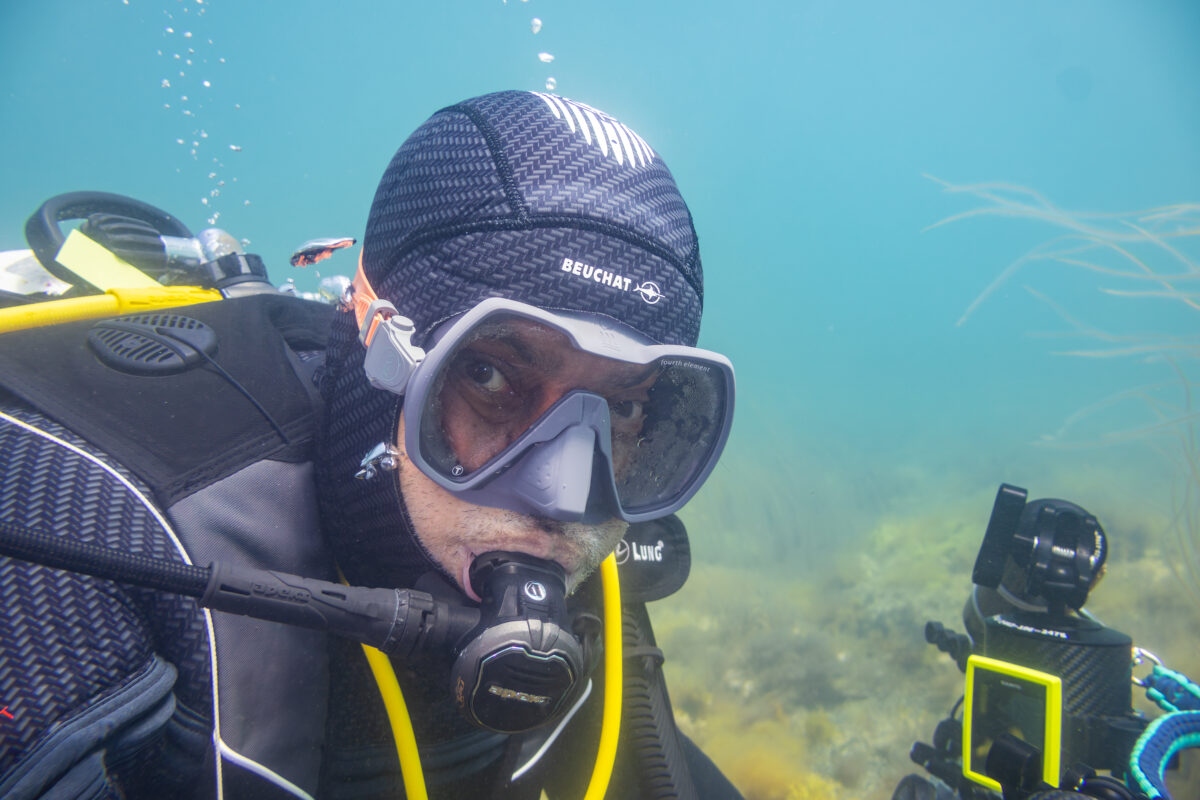
Our days in Bournemouth also involved diving. We explored Kimmeridge Bay and Swanage Pier, where Saeed shared tips on underwater photography and reminded me of the importance of enjoying the dive itself—not just focusing on getting the shot. In a way, underwater photography is storytelling too—capturing fleeting moments of marine life, just as Saeed captures moments on land.
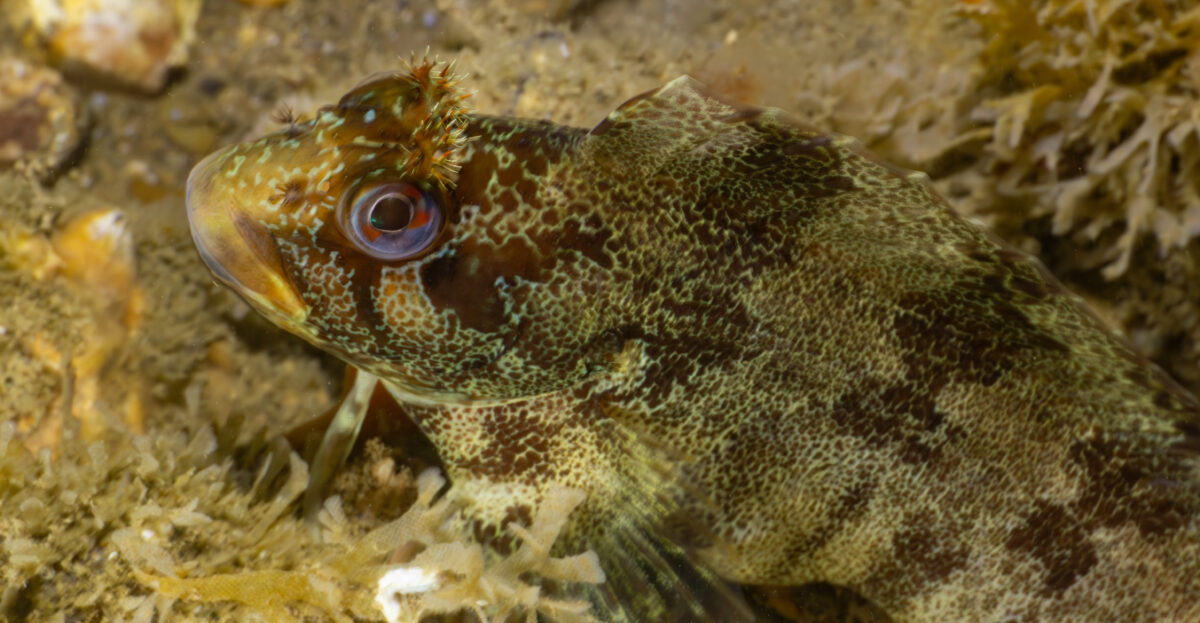
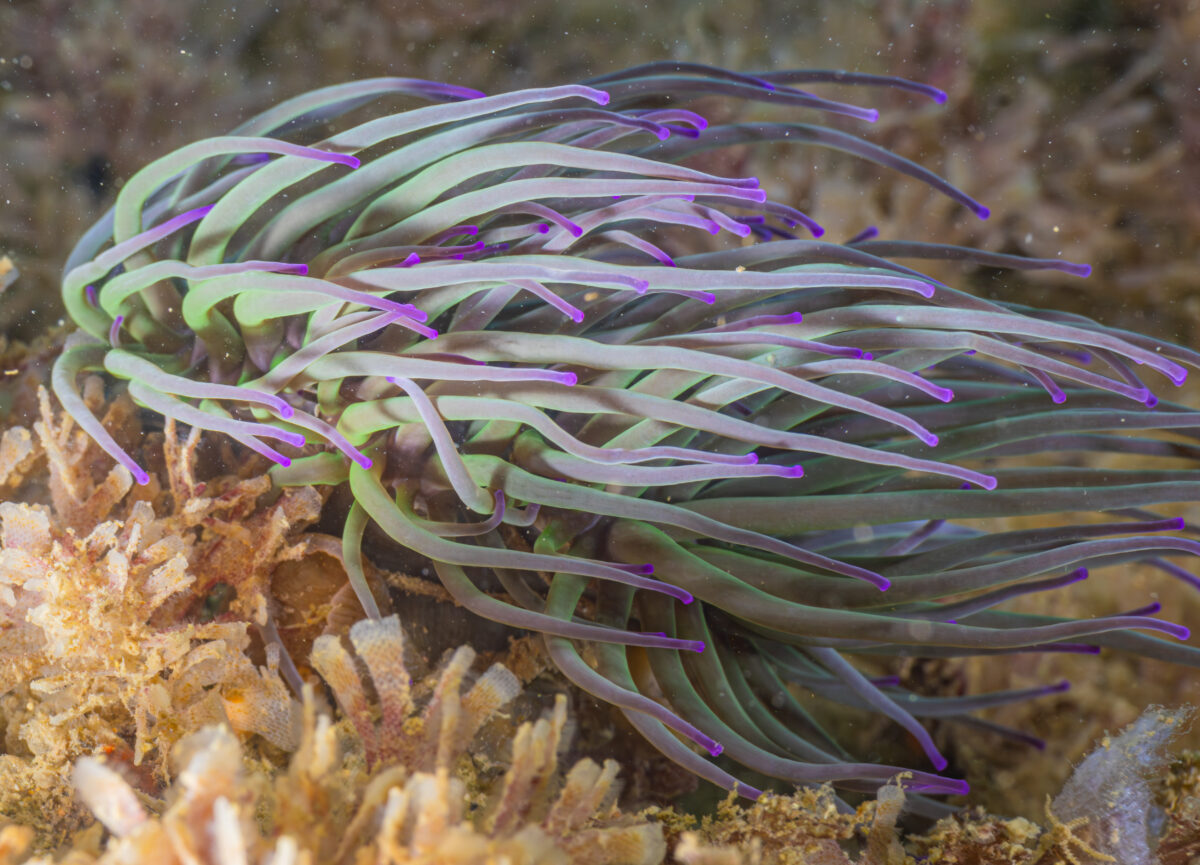
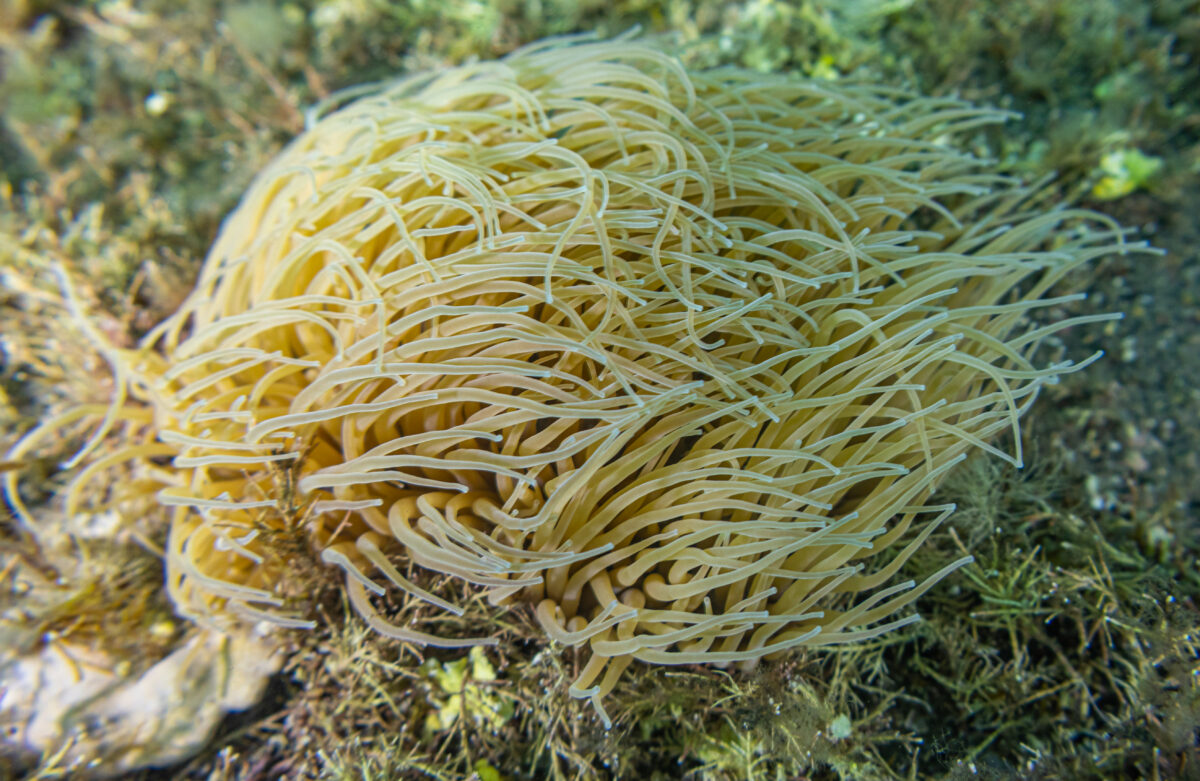
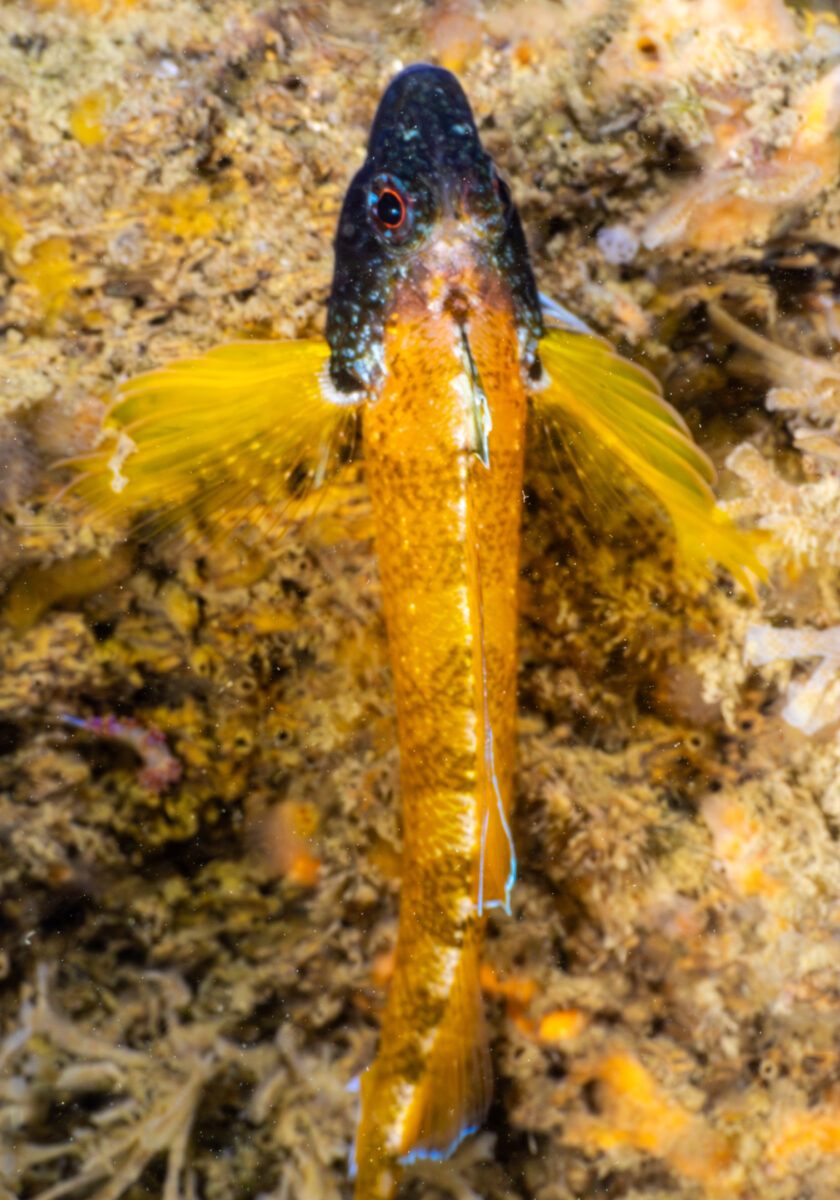
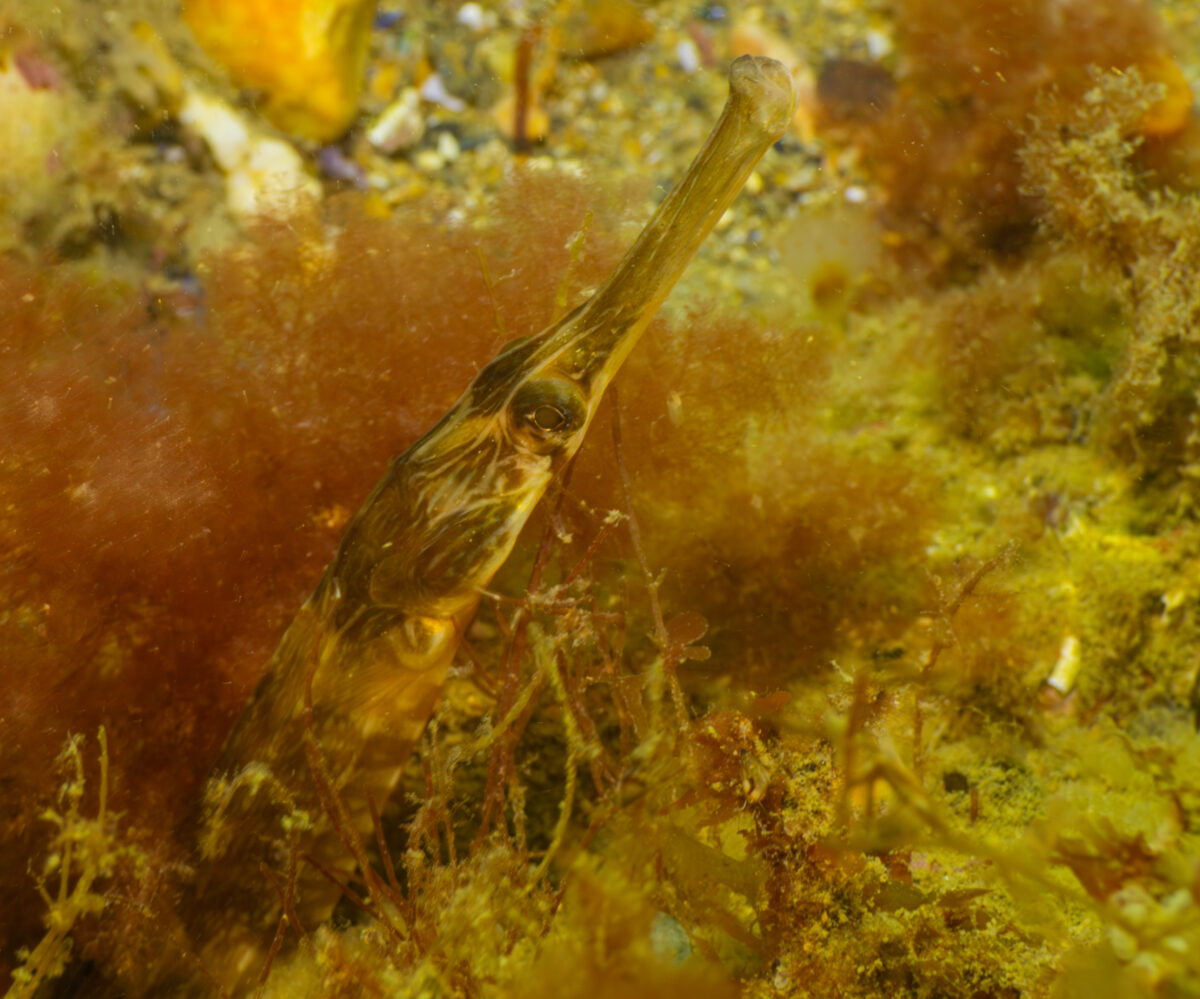
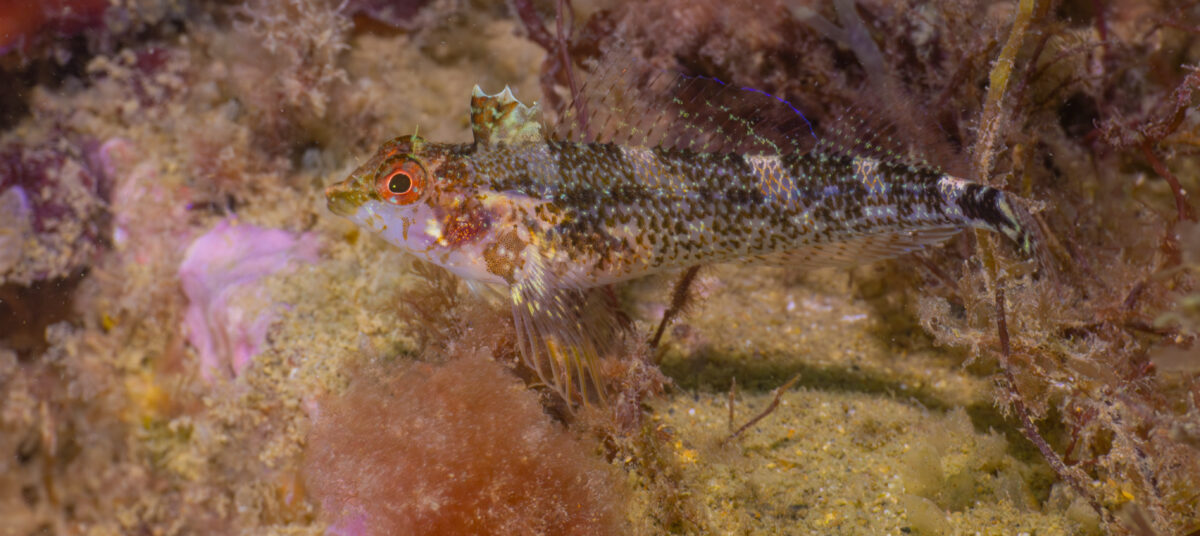
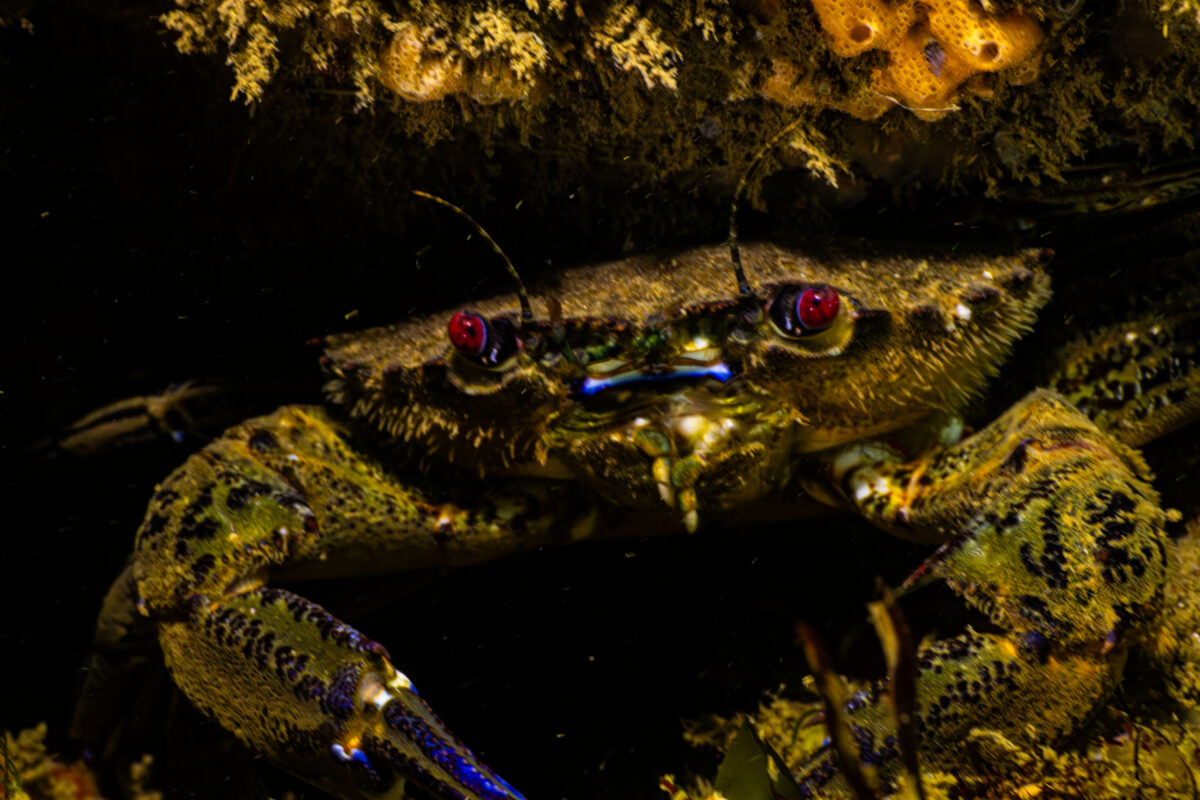
The lessons on both fronts complemented each other, showing me the importance of balance: being present in the moment while telling a meaningful story. Alongside this, I picked up invaluable tips on camera maintenance, including how to properly handle housings and strobes—the finer details that can make or break an underwater shoot.
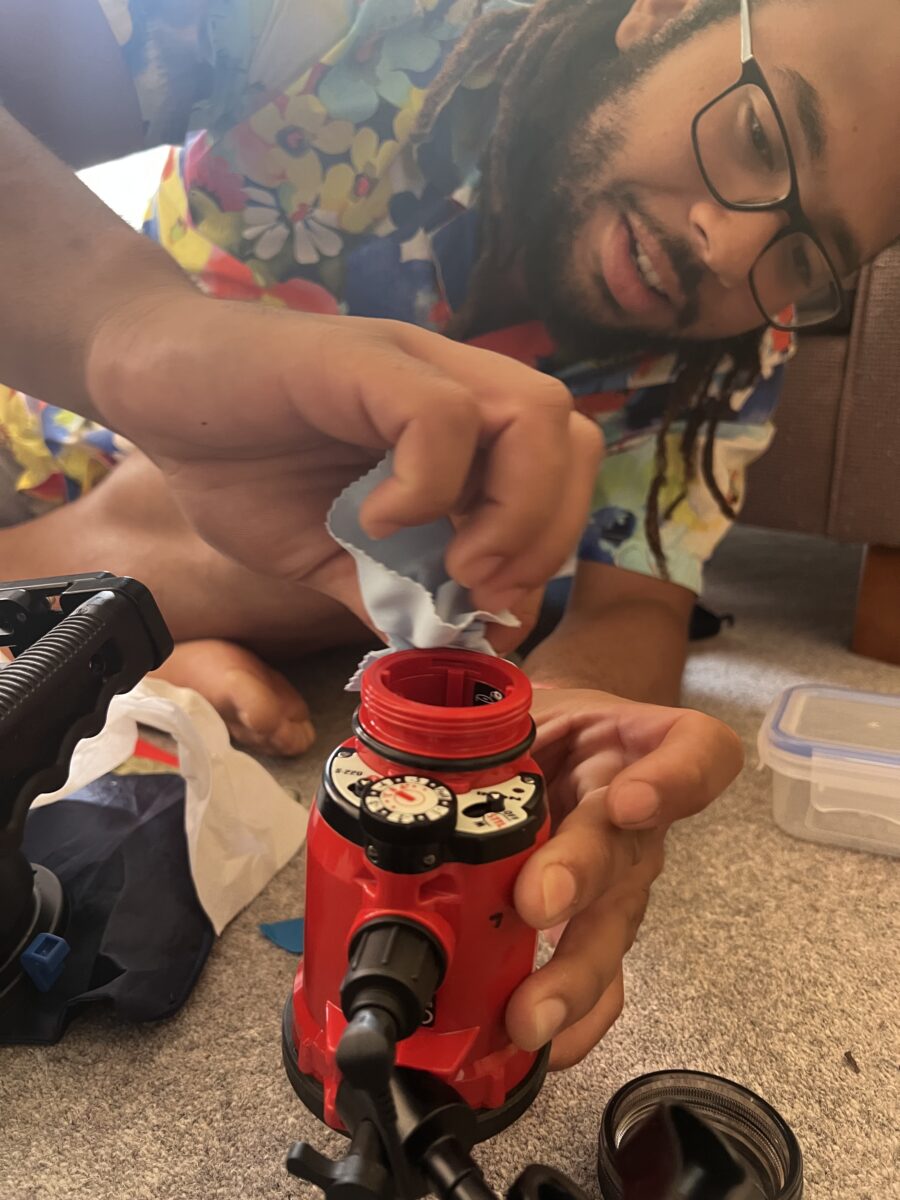
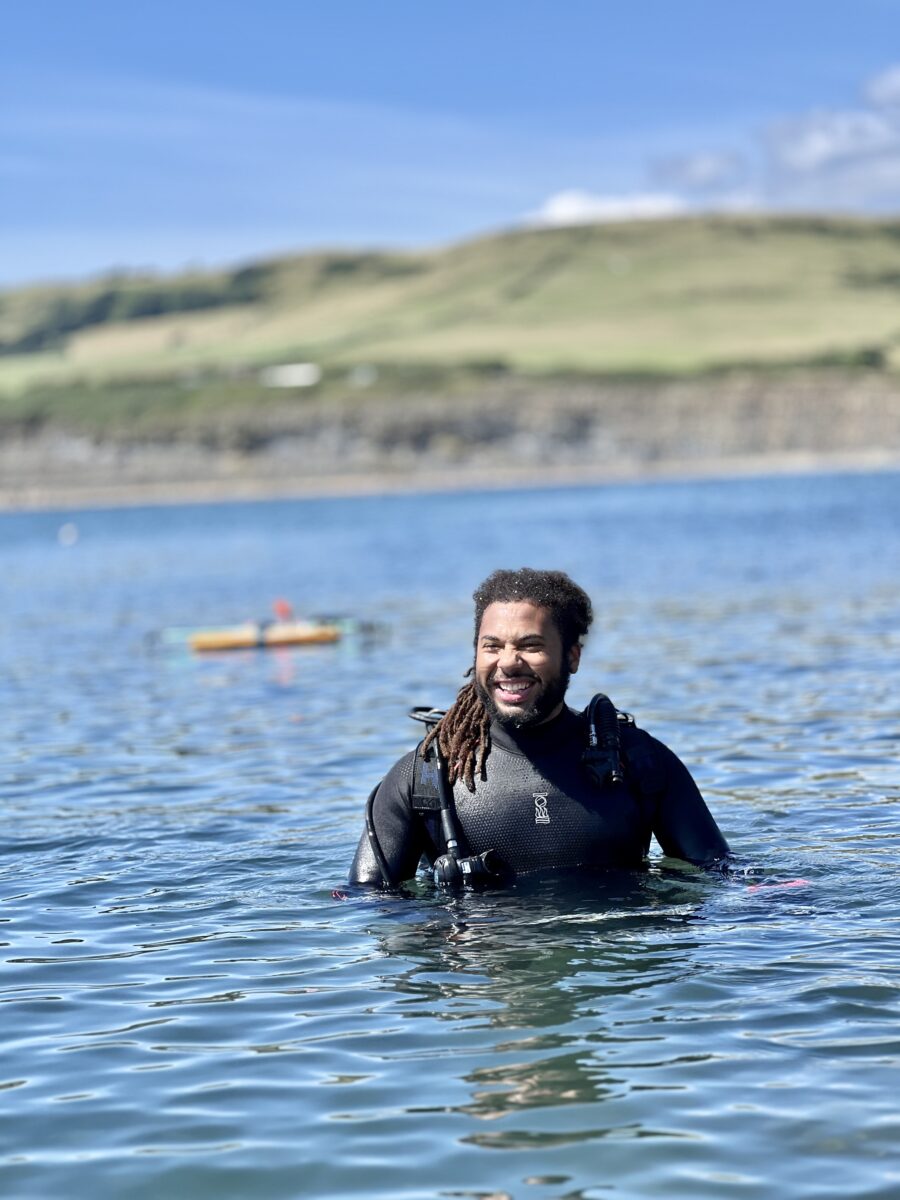
What’s Next?
As I packed my bags to leave Bournemouth, I couldn’t help but feel a surge of anticipation for the next leg of my journey: Egypt. I flew out to Hurghada to join the team at HEPCA, diving into one of the world’s most vibrant and fragile marine ecosystems in the Red Sea.
What exactly I’ll be getting up to in Egypt, well… I’ll leave that for the next blog. Let’s just say it involves reefs, research, and a few surprises!
Once again, I’d like to extend my heartfelt thanks to the Our World-Underwater Scholarship Society, my sponsors, and hosts for their generous support: Rolex, as the patron of the Scholarship; gear sponsors Fourth Element, Halcyon, Suunto, Reef Photo & Video, Light & Motion, and Nauticam; as well as support from PADI, The Explorers Club, Divers Alert Network (DAN), Dive Project Cornwall, Dorset Diving Services and Focus Visuals.
———
In addition to these blogs, I’ll regularly be posting vlogs, sharing what I get up to on Instagram (feel free to follow me @samphibianthemarvellous) and posting StoryMaps (got to fit in a cheeky bit of GIS somehow wink wink).
P.S. If you still want to know more about me, check out my biography, have a stalk of my LinkedIn or, better yet, get in touch (samuel.thomsen[at]owuscholarship.org)!